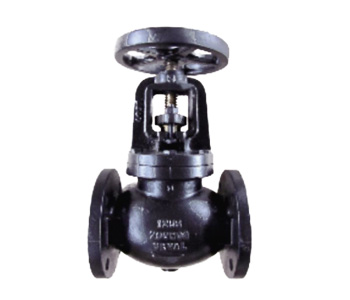Sep . 11, 2024 00:54 Back to list
pipe dismantling joint
Understanding Pipe Dismantling Joints and Their Importance in Pipeline Systems
In the realm of piping systems, the need for maintenance, repair, or replacement is inevitable. This necessity highlights the importance of particular components designed to facilitate these processes. Among these components, pipe dismantling joints play a crucial role in ensuring that pipelines can be effectively managed, without causing extensive disruptions to service.
Pipe dismantling joints are specialized fittings that enable the removal of pipes without the need to cut them, which can lead to costly downtime and complex repair situations. These joints serve as a strategic solution to enhance flexibility when working with pipe installations. Designed to accommodate various types of pipes, including ductile iron, steel, and PVC, dismantling joints provide engineers and maintenance personnel with the capability to disconnect, access, and replace sections of the pipeline with relative ease.
One of the primary features of dismantling joints is their unique design, which typically incorporates an adjustable spigot. This adjustment allows for a certain degree of movement in and out of the connection, facilitating the disassembly process. When maintenance is required, the dismantling joint can be manipulated to create space between the connecting pipes, allowing for straightforward access.
The advantages of using dismantling joints are numerous. First and foremost, they drastically reduce the time and resources required for pipeline maintenance. In traditional setups, cutting and welding pipes often necessitates extensive labor and can lead to delays in service restoration. Conversely, dismantling joints streamline the process, enabling quick access to pipeline sections and minimizing service interruptions.
pipe dismantling joint

Another significant benefit is the reduction of construction waste. Cutting pipes generates scrap materials that often need to be disposed of, contributing to environmental concerns. The use of dismantling joints mitigates this issue by allowing existing pipes to remain intact and operational during maintenance work. This not only supports sustainability efforts but also reduces material costs for contractors and owners alike.
Moreover, dismantling joints enhance safety within pipeline operations. The ability to dismantle sections without cutting reduces the risk of accidents associated with hot work or welding. These joints are generally constructed with strong, durable materials, designed to withstand pressures and stresses common in pipeline systems. This robust design contributes to overall system integrity and longevity.
However, it is important to select the correct dismantling joint for each specific application. Factors such as pipe material, diameter, and the anticipated frequency of maintenance should influence the choice. Proper installation and maintenance of these joints are vital to ensure they function effectively over time.
In conclusion, pipe dismantling joints are essential components that facilitate efficient management of pipeline systems. Their ability to allow for easy access and removal of pipes without cutting is invaluable for maintenance processes. By reducing downtime, minimizing waste, and enhancing safety standards, these joints contribute significantly to the operational efficiency of various industries, including water supply, wastewater treatment, and industrial processes. As technology advances, the design and functionality of dismantling joints will likely evolve, offering even greater benefits for pipeline management in the future.
Share
-
Reliable Wafer Type Butterfly Valves for Every IndustryNewsJul.25,2025
-
Reliable Flow Control Begins with the Right Ball Check ValveNewsJul.25,2025
-
Precision Flow Control Starts with Quality ValvesNewsJul.25,2025
-
Industrial Flow Control ReliabilityNewsJul.25,2025
-
Engineered for Efficiency Gate Valves That Power Industrial PerformanceNewsJul.25,2025
-
Empowering Infrastructure Through Quality ManufacturingNewsJul.25,2025